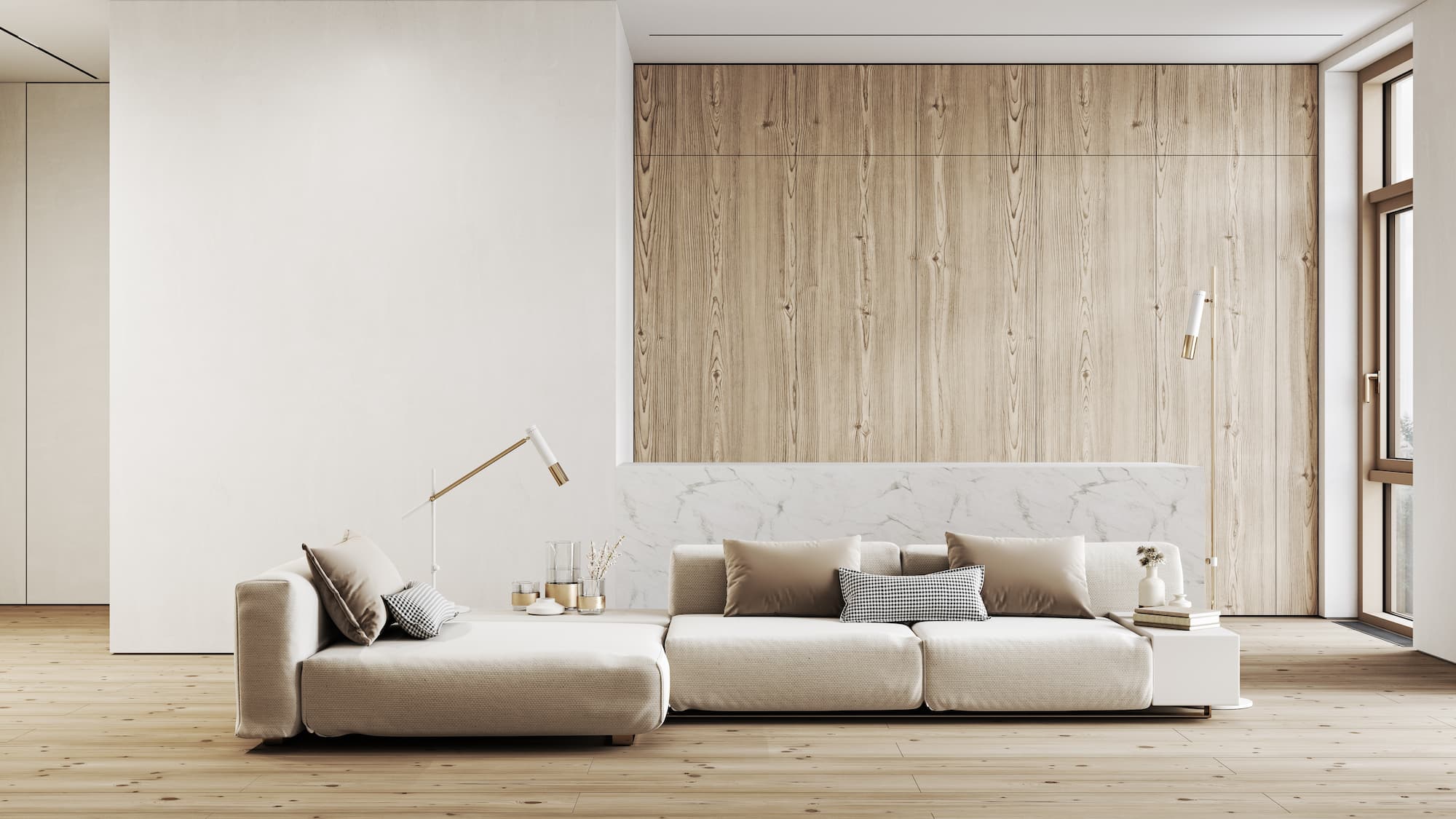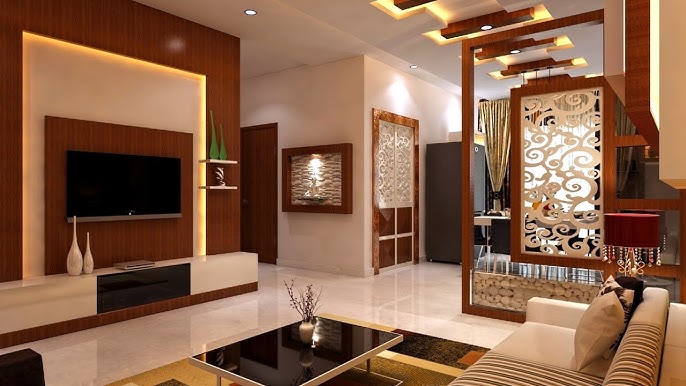Change Your Home With Crucial Concepts of Interior Layout and Looks
The art of transforming your home through the necessary concepts of indoor style and aesthetic appeal needs a thoughtful approach that balances color, equilibrium, and spatial awareness. By comprehending the impact of shade concept and the importance of appearance and patterns, one can produce rooms that are not only aesthetically enticing however additionally deeply personal. Accomplishing this equilibrium includes even more than mere design; it incorporates a tactical setup and a keen understanding of exactly how each component communicates within an area. As we discover these foundational ideas, take into consideration how they may redefine your understanding of home and individual expression.
Recognizing Shade Concept
Shade concept is a basic facet of indoor layout that considerably influences mood, perception, and overall aesthetic. Understanding the principles of color theory allows developers to develop rooms that reverberate mentally with occupants while fulfilling practical needs (interior design firms). Colors can be classified right into 3 main types: key, second, and tertiary. Each classification plays a critical duty in developing harmony within a space.
The psychological influence of colors is extensive; cozy shades such as reds and oranges stimulate energy and heat, while great tones like blues and eco-friendlies promote peace and serenity. Moreover, using complementary shades improves aesthetic rate of interest, creating striking contrasts that can boost a space's appeal.
Neutral colors, on the various other hand, act as a functional backdrop, enabling various other design aspects to beam. It is necessary to consider elements such as lights and the room's function when picking a color combination, as these can modify the perception of colors throughout the day.
Eventually, a well-considered color design can transform an area, cultivating a feeling of comfort and style that straightens with the occupants' choices. Proficiency of color theory is, as a result, a vital skill for any interior developer intending to develop unified and inviting environments.
Accomplishing Balance in Style
Just how can developers attain a sense of balance in their rooms? Attaining balance in design is essential to developing unified insides. Designers can utilize three primary sorts of balance: symmetrical, asymmetrical, and radial. Symmetrical balance involves arranging elements evenly around a main factor, cultivating a feeling of order and peace. This kind often includes sets of furnishings or artwork, enhancing visual security.
Unbalanced balance, on the other hand, relies on varying aspects that still achieve a cohesive appearance. This technique enables for more vibrant and informal plans, providing passion while preserving equilibrium. By thoroughly selecting differing dimensions, colors, and textures, designers can develop an aesthetically engaging space that really feels well balanced yet energised.
Radial balance stresses a central focal factor with aspects radiating external. This style is generally seen in circular formats, where furniture and style produce a natural surround that attracts the eye inward.
Inevitably, achieving equilibrium calls for thoughtful consideration of range, proportion, and the connections in between elements. interior design firms. By masterfully using these balance principles, developers can transform spaces right into settings that feel both aesthetically pleasing and functionally harmonious, boosting the overall experience for residents
Relevance of Spatial Awareness

An eager feeling of spatial understanding permits developers to determine centerpieces within a space, assisting the customer's focus to vital attributes while keeping a total feeling of unity. It likewise helps in the tactical positioning of illumination, which can drastically affect the understanding of room and state of mind. Comprehending spatial relationships makes it possible for the developer to cater to the specific next page demands of occupants, guaranteeing that each visit our website location serves its intended objective without jeopardizing visual appeals.
Inevitably, spatial understanding is essential for taking full advantage of the potential of any type of interior area. By thoroughly taking into consideration the interplay in between dimensions, format, and function, developers can create atmospheres that not just meet sensible requirements yet also stimulate a sense of comfort and elegance, improving the total living experience.
Incorporating Structure and Patterns
Welcoming a diverse variety of appearances and patterns can considerably boost the visual and tactile charm of an indoor space. The tactical use numerous materials-- such as wood, metal, textile, and rock-- creates depth and rate of interest, making an area really feel more inviting and dynamic. Incorporating smooth surface areas with harsh textures can establish a balance that attracts the eye and involves the senses.
When integrating patterns, take into consideration both scale and repetition. Large patterns can work as prime focus, while smaller, subtle designs can complement other elements without overwhelming the space. Layering patterns, such as pairing flower paddings with candy striped tosses, includes read what he said intricacy and a feeling of harmony if performed thoughtfully.
It is additionally vital to preserve a natural shade palette, ensuring that appearances and patterns work with each other as opposed to compete for focus. By selecting a couple of essential textures and patterns, you can produce a combined visual that reflects your individual style while improving the overall ambiance of the room. Inevitably, the careful unification of these elements can change a mundane area into a sophisticated atmosphere abundant with character and heat.
Personalizing Your Area
Developing an area that mirrors your personality is crucial to attaining a really welcoming setting. Personalization in interior decoration allows you to infuse your one-of-a-kind style and interests right into your home, changing it from a plain shelter into a shelter that talks to who you are. Begin by choosing a shade scheme that reverberates with your emotions-- bold shades can stimulate, while soft tones supply tranquility.
Integrate artwork and decoration that mirror your interests, whether it be travel, nature, or abstract concepts. Presenting individual collections, such as books, pictures, or souvenirs, can evoke cherished memories and develop prime focus within a room. Furthermore, take into consideration tailoring useful items, like upholstered furnishings, to straighten with your visual choices.

Conclusion
In verdict, the improvement of a home through the crucial principles of indoor style and aesthetic appeal necessitates a detailed understanding of color concept, equilibrium, spatial understanding, appearance, and personalization. Each component contributes dramatically to producing an unified and practical living environment - miami interior design. By thoughtfully incorporating these concepts, individuals can improve the visual charm and emotional vibration of their rooms, eventually promoting a home that reflects unique identifications while providing comfort and usefulness
Comments on “Get inspired by professionals in luxury interior design to craft a beautiful space.”